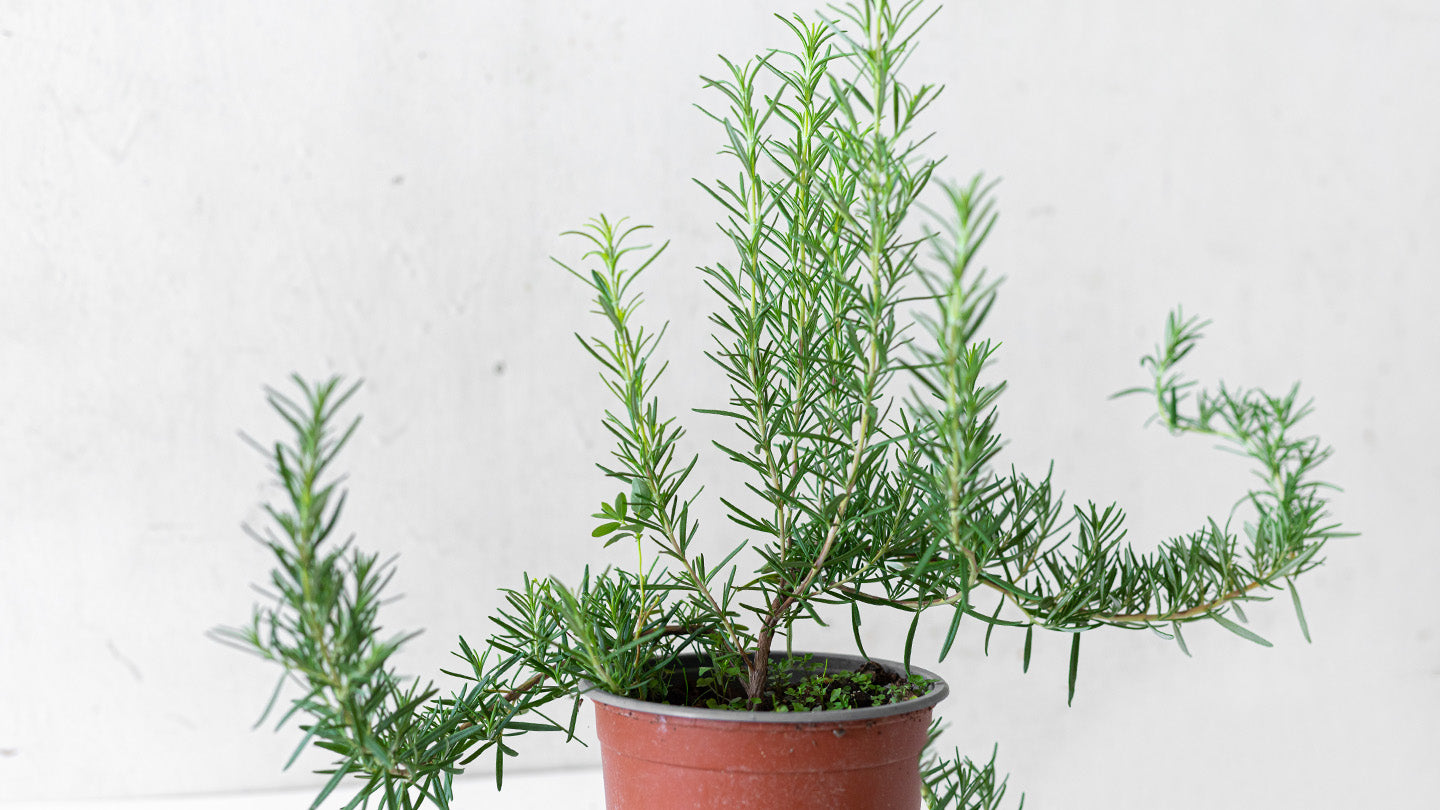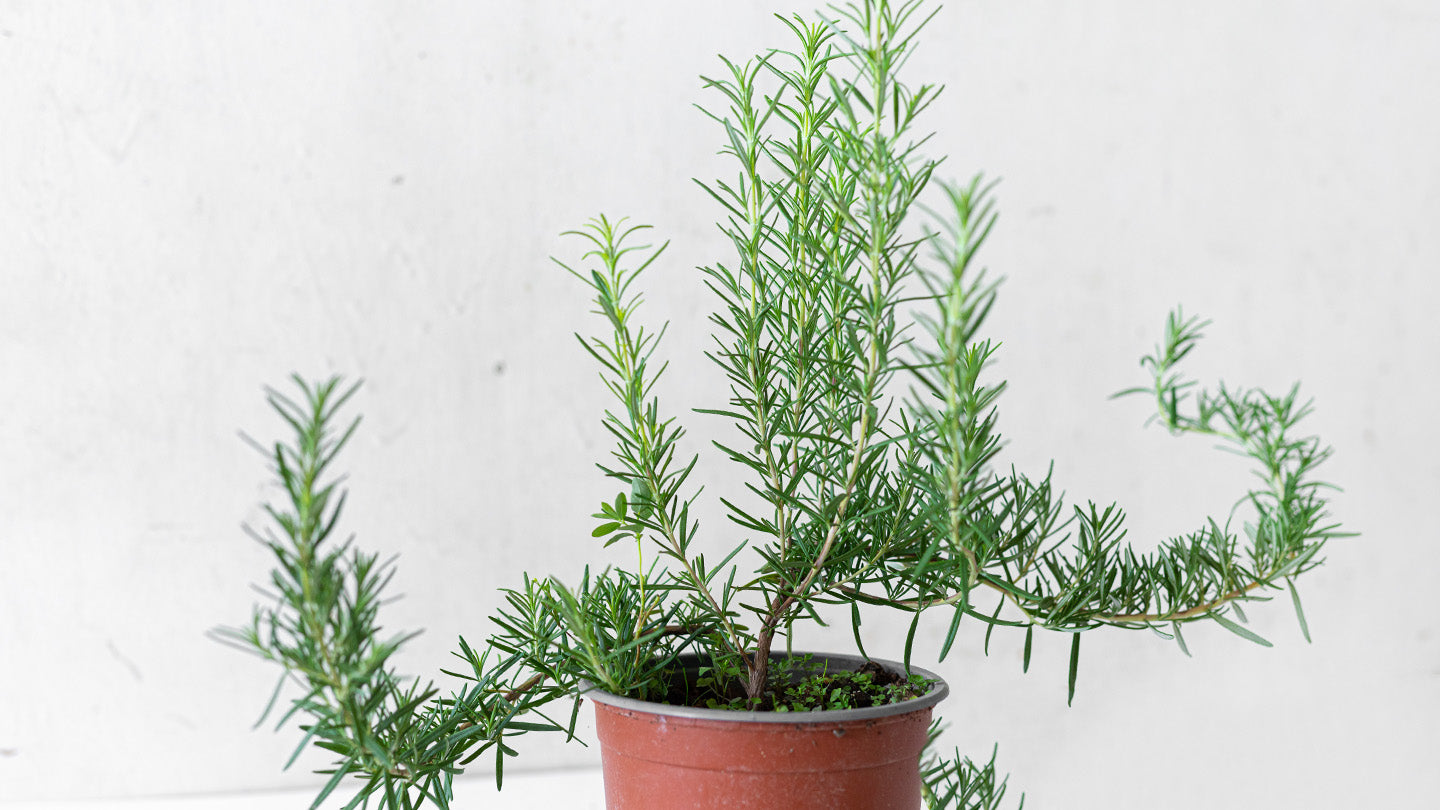cybloom
Rosemary
Regular price
€5,50 EUR
Regular price
Sale price
€5,50 EUR
Unit price
per
Tax included.
Couldn't load pickup availability
Family: Lamiaceae
Origin: Mediterranean
The Size: 2–6 ft. tall, 2–4 ft. wide
Temperature & Humidity: This shrub likes warm weather and moderate humidity levels. Most rosemary varieties can’t survive temperatures below 30 degrees, but they have good heat tolerance. They prefer temperatures between 55 degrees and 80 degrees. Moreover, high humidity can lead to rot and fungal issues, especially if there isn’t enough air circulation around the plant.
Lightning: Rosemary likes full sun and does not tolerate shade. This means it requires at least six hours of direct sunlight on most days. A south-facing window is ideal for indoor growth, and grow lights are often necessary to provide supplemental light. Bring indoor plants outside in warm weather to allow them access to natural sunlight. Inadequate light can cause leggy and weak growth.
The Soil: A well-draining sandy or loamy soil is best for rosemary. It doesn’t grow well in heavy clay and wet soils. A slightly acidic to neutral soil pH is ideal (6.0 to 7.0).
The Soil: A well-draining sandy or loamy soil is best for rosemary. It doesn’t grow well in heavy clay and wet soils. A slightly acidic to neutral soil pH is ideal (6.0 to 7.0).
Watering: Rosemary shrubs have good drought tolerance once they are mature, and it’s better to underwater rather than overwater them. Allow the top few inches of soil to dry out between waterings, and then water so that the soil is evenly moist but not soggy.
Fertilizer: Rosemary is not a heavy feeder. Mixing compost into the soil at the time of planting can help to give the shrub a healthy start. Then, using a balanced liquid fertilizer, following label instructions, will continue to promote quality growth.
Reproduction: Growing rosemary in pots allows you to bring it indoors during cold weather. You also can keep containers on a patio or deck near your kitchen for easy access while cooking. Select a pot that’s slightly larger than the plant’s root ball. Make sure it has drainage holes. An unglazed clay container is best to allow excess soil moisture to evaporate through its walls.
Transfer: Use a light, well-draining potting mix when growing rosemary in a container. Plan to repot every year into one container size up, using fresh potting mix. The best time to repot is in the spring. Gently loosen the plant from its previous container, and situate it at the same depth in the new one, filling around it with soil.
Features of Care: Rosemary grows best in a sunny spot with sharp drainage soil. Make sure no taller trees or shrubs in the area are so close that they will shade the rosemary. Rosemary also grows well in containers both outdoors and indoors, as long as it can get enough light
Difficulties: High humidity and poor air circulation can result in powdery mildew—a white, powdery fungus—on rosemary plants. Powdery mildew typically won't kill a plant, but the disease will weaken it. To prevent powdery mildew, make sure the plant's soil isn't too wet, and provide a few feet of space around it for airflow.
Also, be on the lookout for aphids and spider mites, especially indoor plants. Use an insecticidal soap as soon as you spot an infestation to prevent it from spreading.
Also, be on the lookout for aphids and spider mites, especially indoor plants. Use an insecticidal soap as soon as you spot an infestation to prevent it from spreading.


